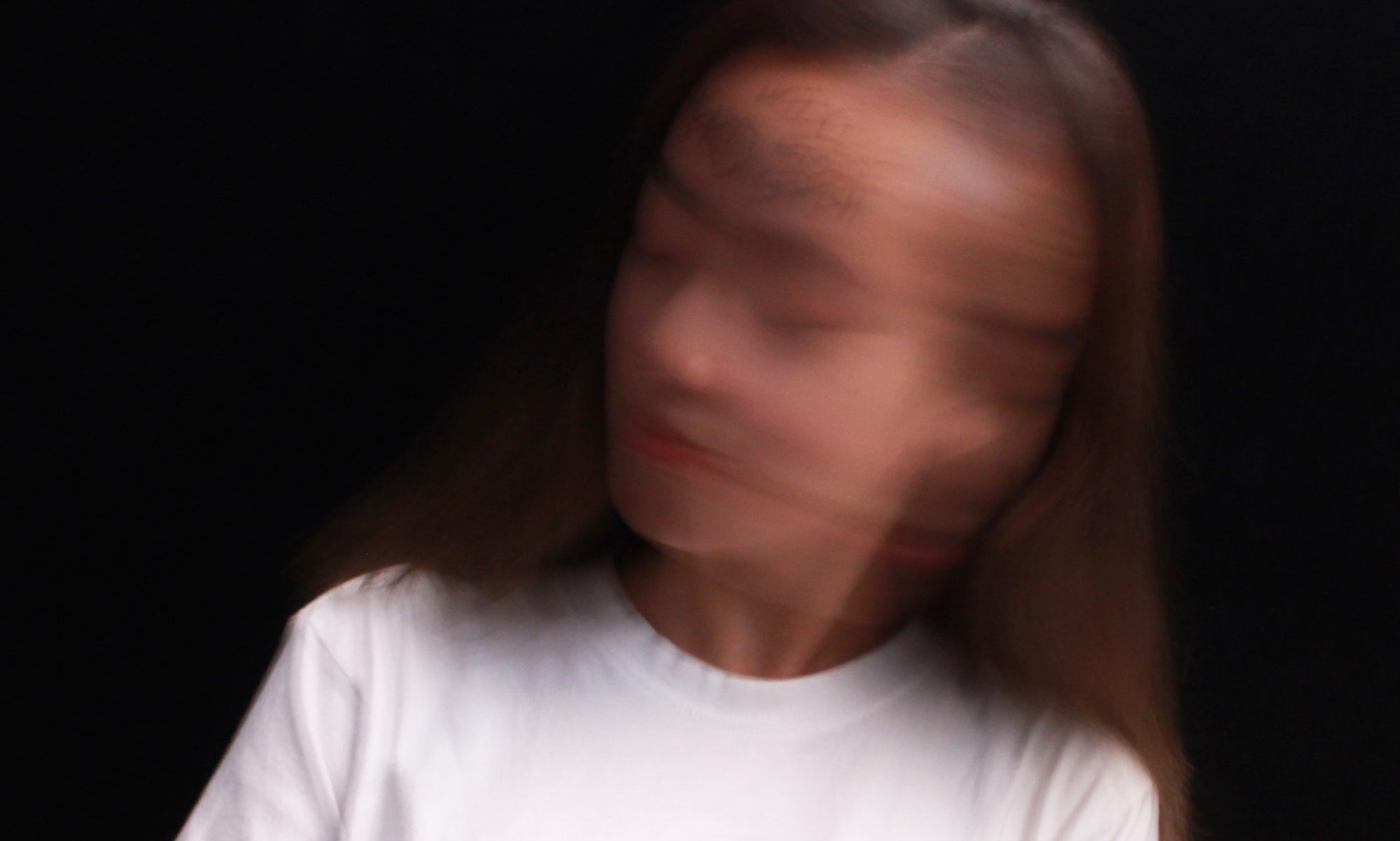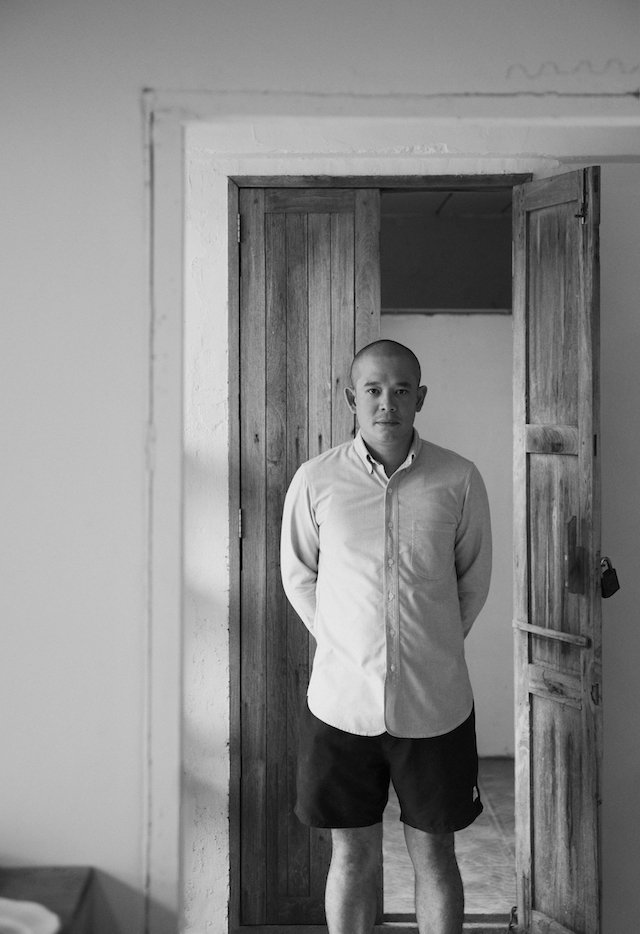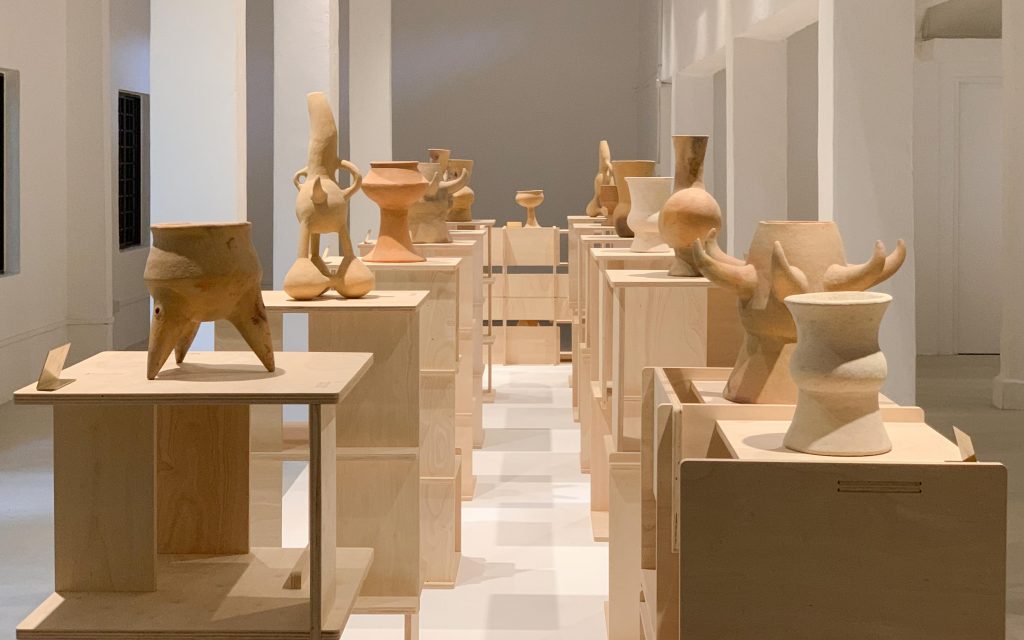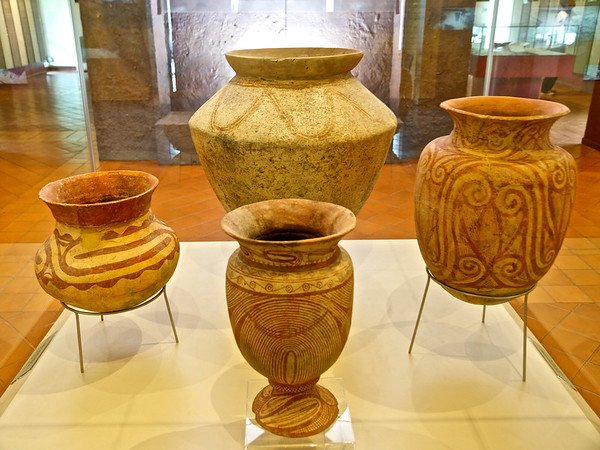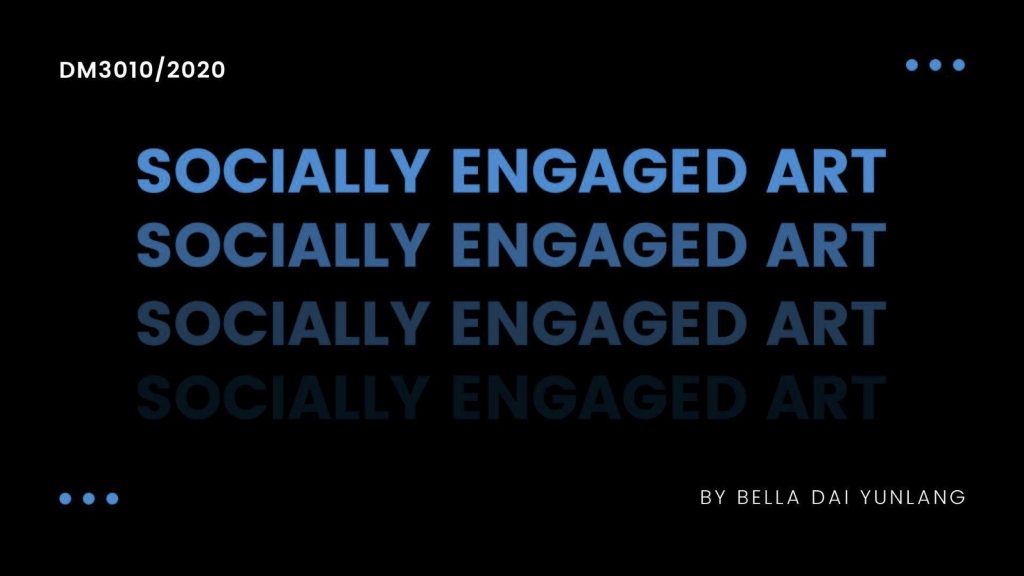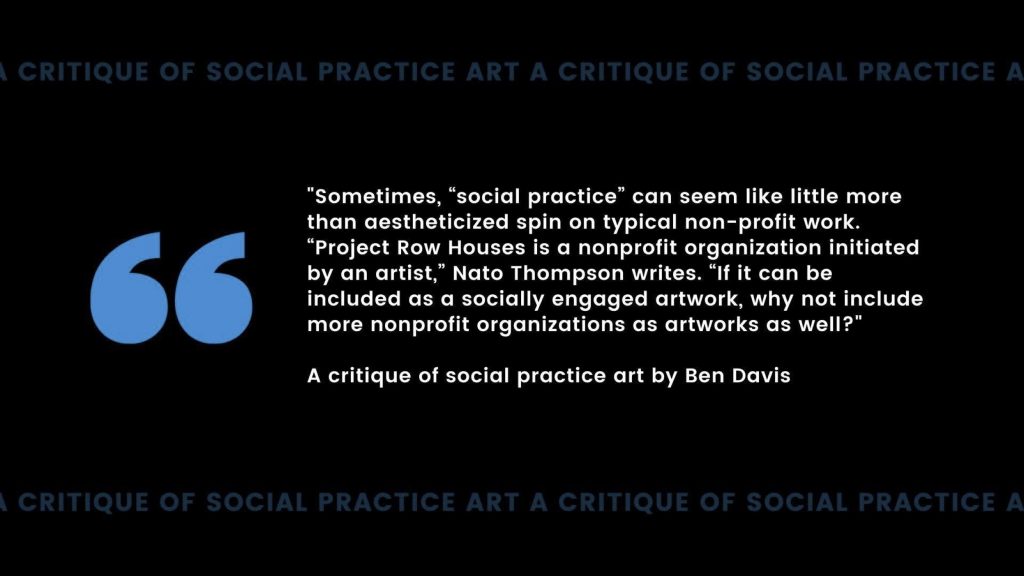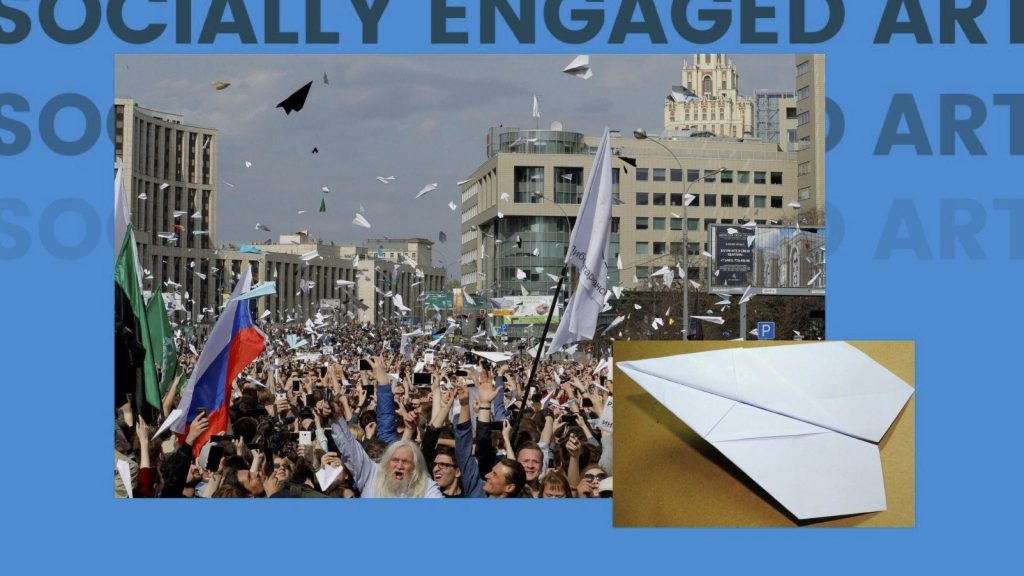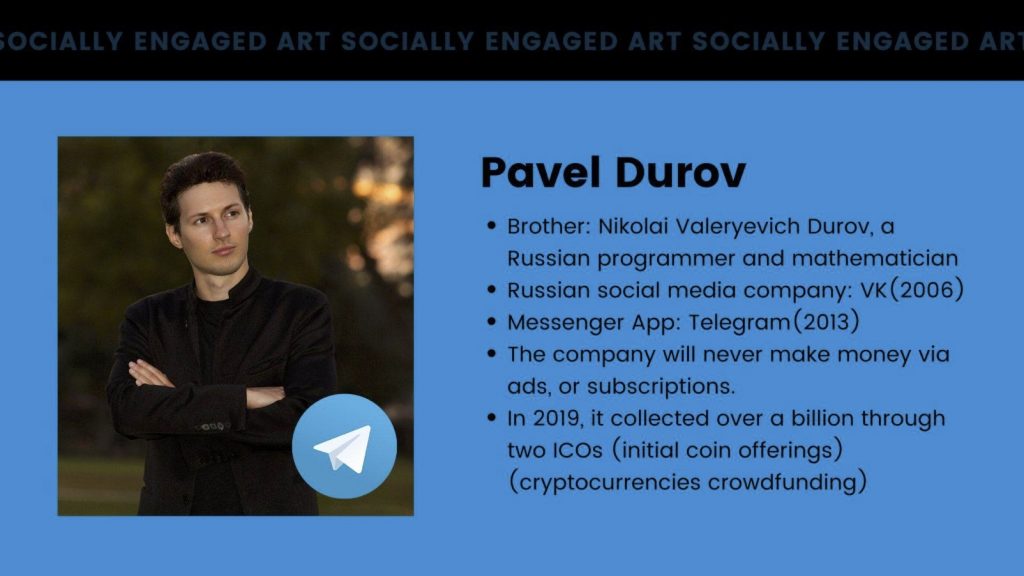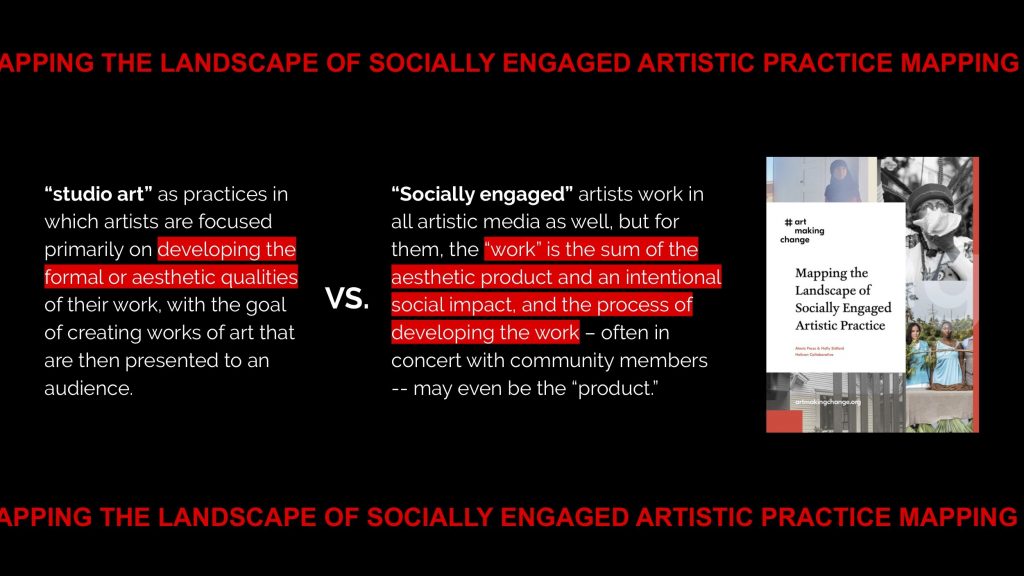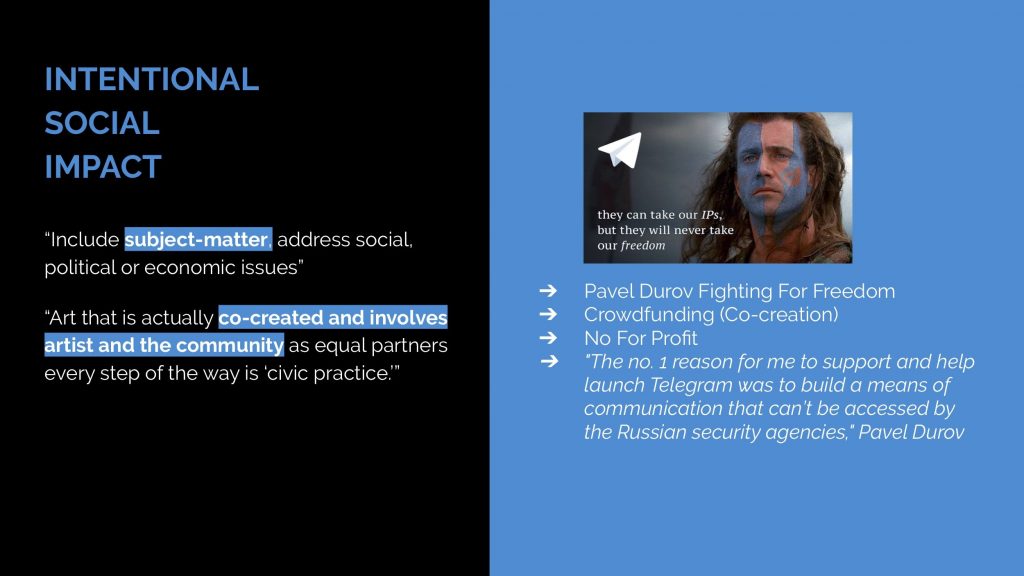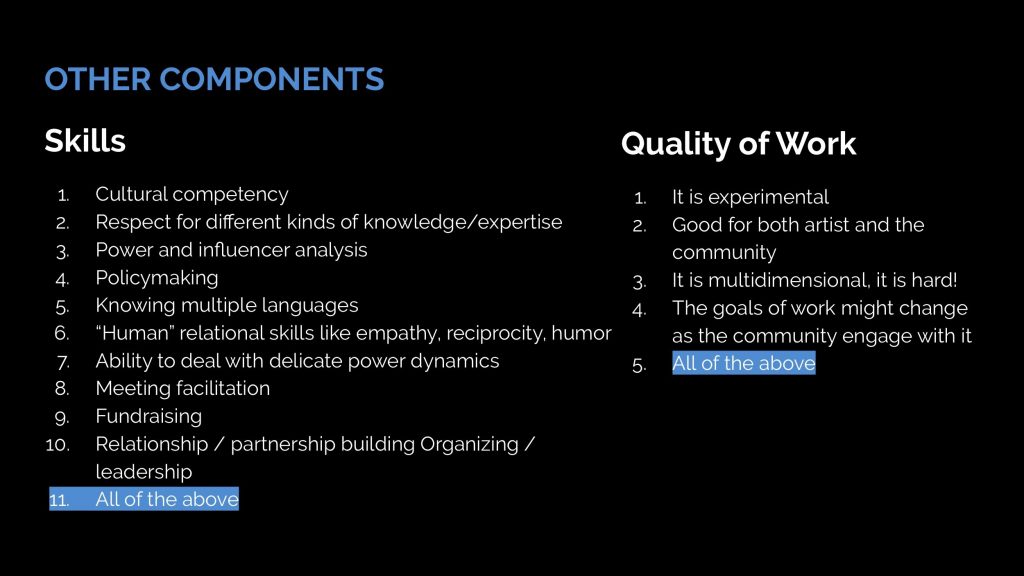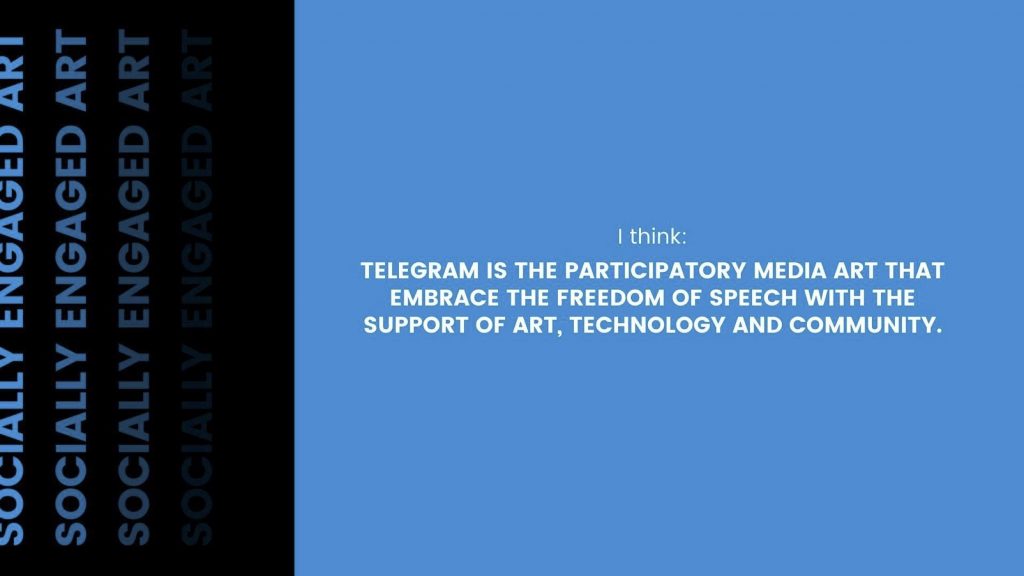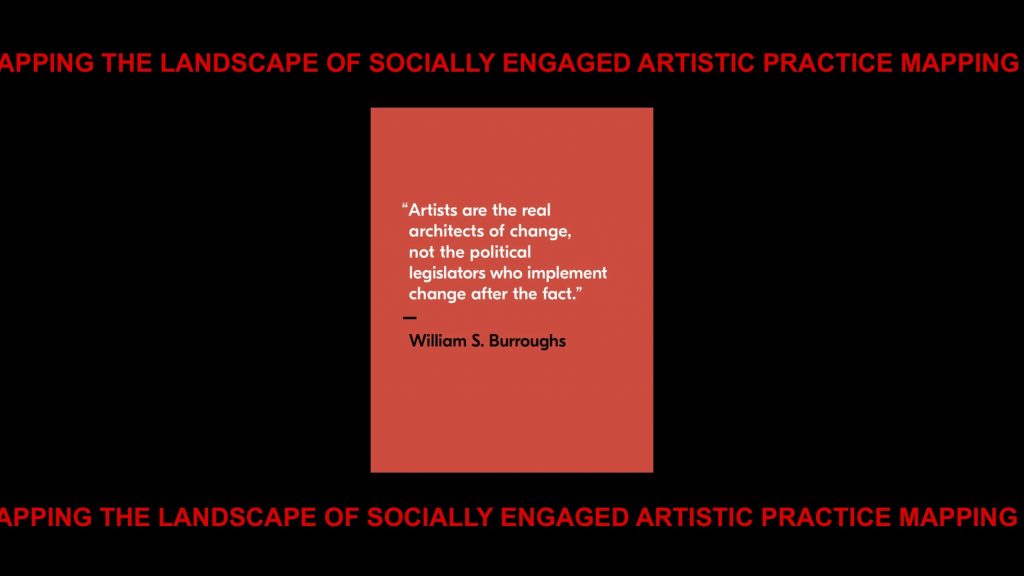Project planning including tasks such as scheduling, budget, and quality-control strategies; project objectives; and project management goals. It is essential to set the goals at the beginning of the project as they are the purpose of the project management. Reaching the end of the project is not the only goal of project management, because it must ends safely, error-free, on budget, on time, and last but not least meet everyone’s expectations. Based on my experience, managing expectations is the most challenging part of project planning. It is not easy to set the client’s expectations as many might not know how the design process is like. It is important for project managers to speak to clients with empathy. Often, we think that the design agency’s one and only goal is to satisfy the client’s needs. However, teams that feel to satisfy team members’ personal expectations often end up losing their talents. Designers are the main recourses for the design agency to running smoothly. Therefore, having good project planning is not only beneficial to the project itself but also bonding the team.
Further, I agree that the term effectiveness might be better than efficiency. Effectiveness emphasis on knowing what to do orderly, while efficiency means getting the job done quickly. In order to have a clear picture of what to do in the right order, the author divided a typical design project into the five basic phases: start, planning, design, production, closeout, and defined the six fundamental activities that happen during the phases such as defining, planning, directing, coordinating, monitoring, as well as learning. Coordinating comes in handy especially in the interdisciplinary team. Team members might have very different working styles and different ways of communication. Hence, putting in effort in coordinating could improve the effectiveness of the team, and create a better team mood. Also, I strongly agree that learning at the end of the project is valuable for the team to improve. It is normal to go through rough patches along the way as long as it will not happen repeatedly in the future project.
Moreover, knowing the two territories, project management, and design tasks is vital as design agencies often face clients across the industries. Doing things without the appropriate knowledge and fail to seek help will lead to waste time, resources and eventually damage the team’s reputation. additionally, I always think the whole project should be an iterative process, however, according to Ramroth (2006) planning and designing the project are iterative activities, while project production, the making of the deliverables is linear. I think by saying that everything is iterative then management anymore will lose its value. All in all, these two chapters provided good guidelines for the novice, yet it will take time and effort to integrate those principles into our own practices.
In addition to the reading, for the YouTube learners. The video below shows how the interdisciplinary designers worked together under the tight deadline, from research at the site, wild brainstorming. to the prototype production and the process was called ‘Focused Chaos’.
